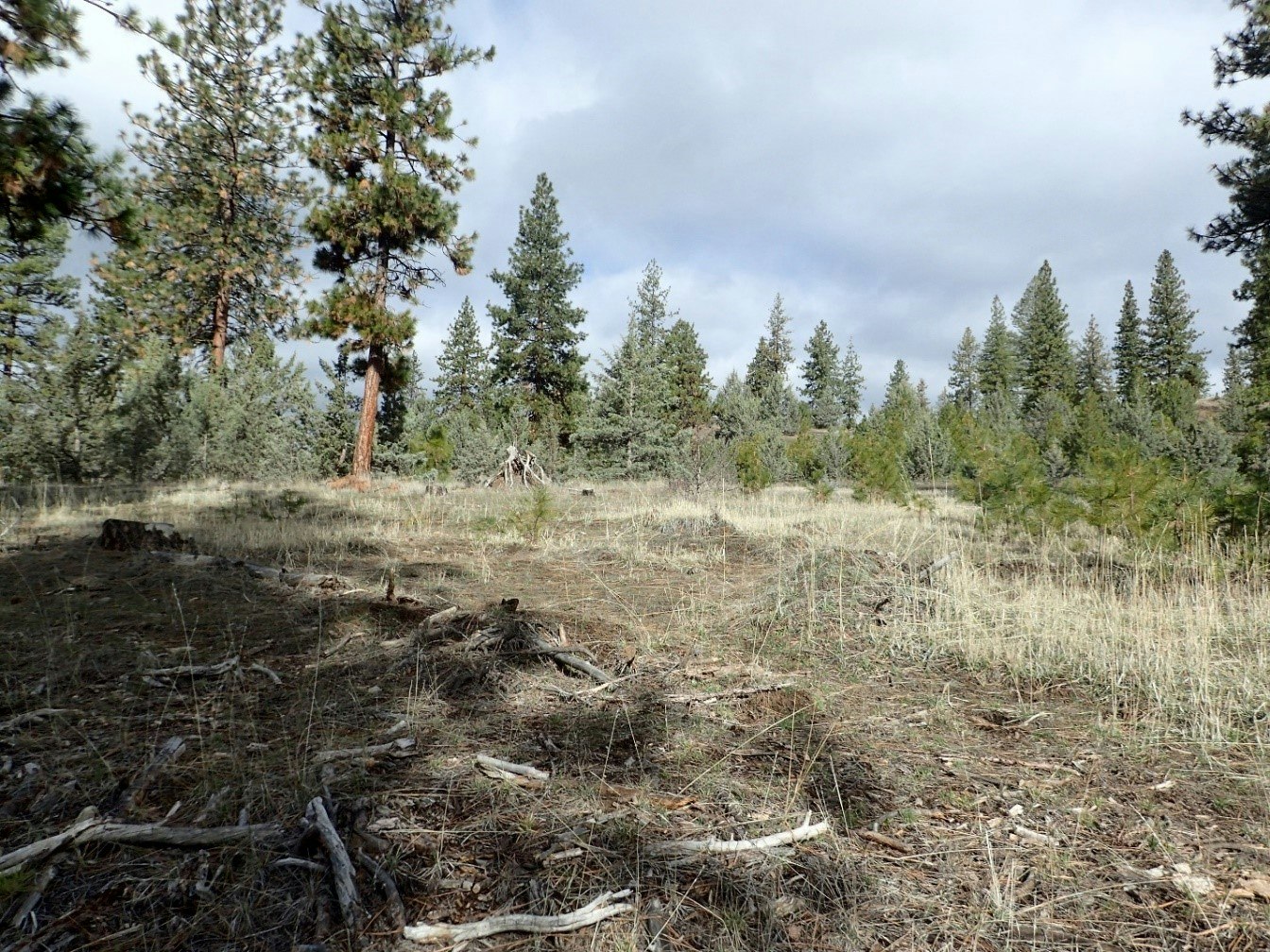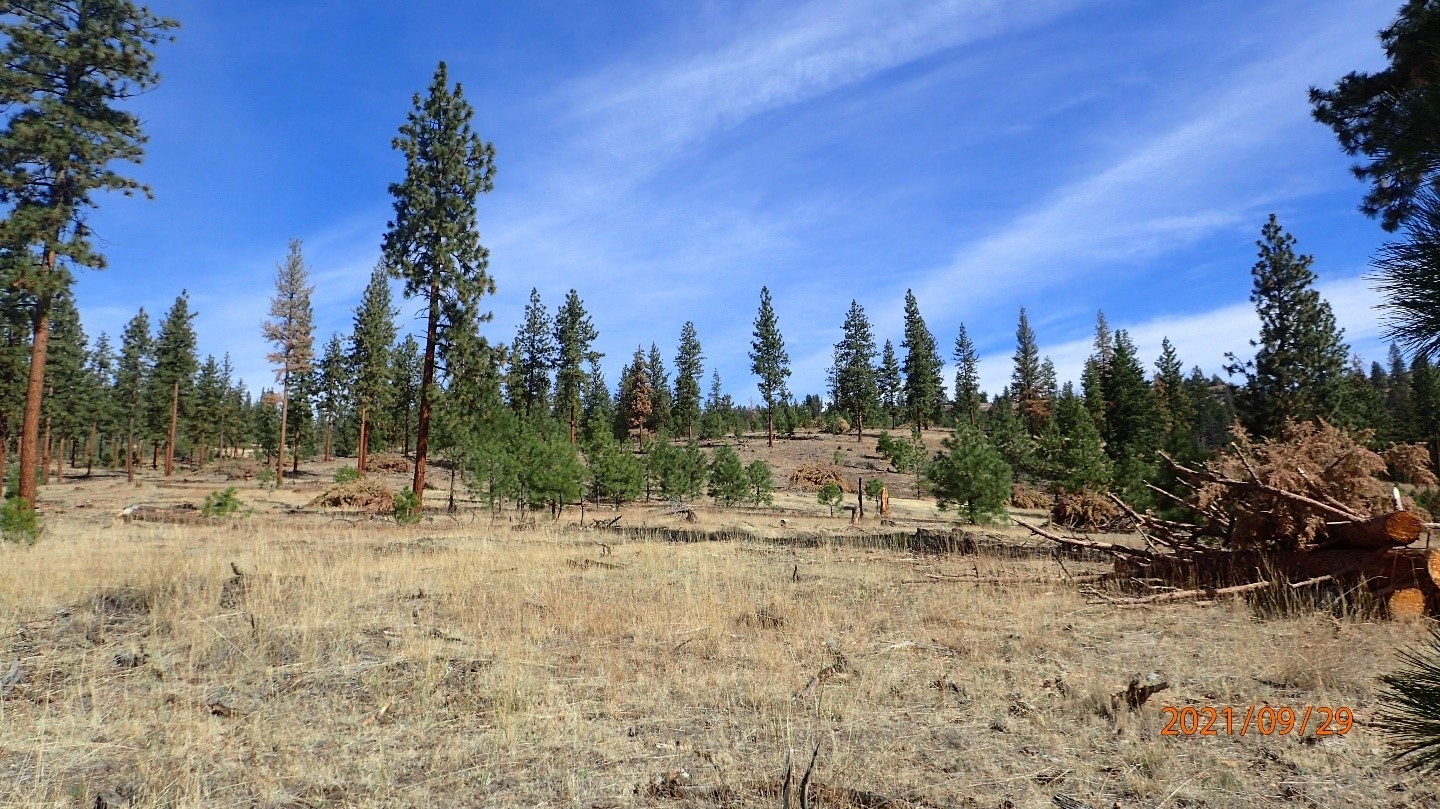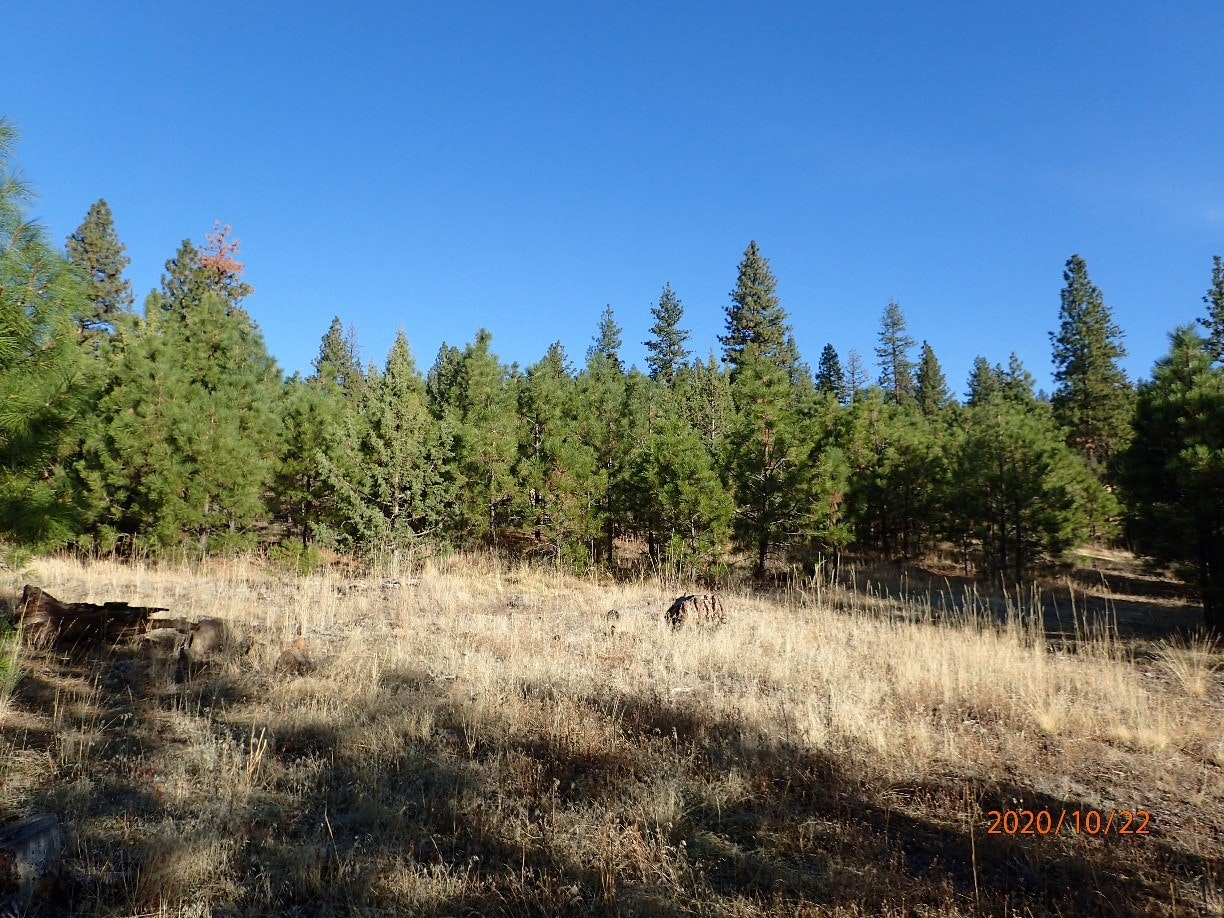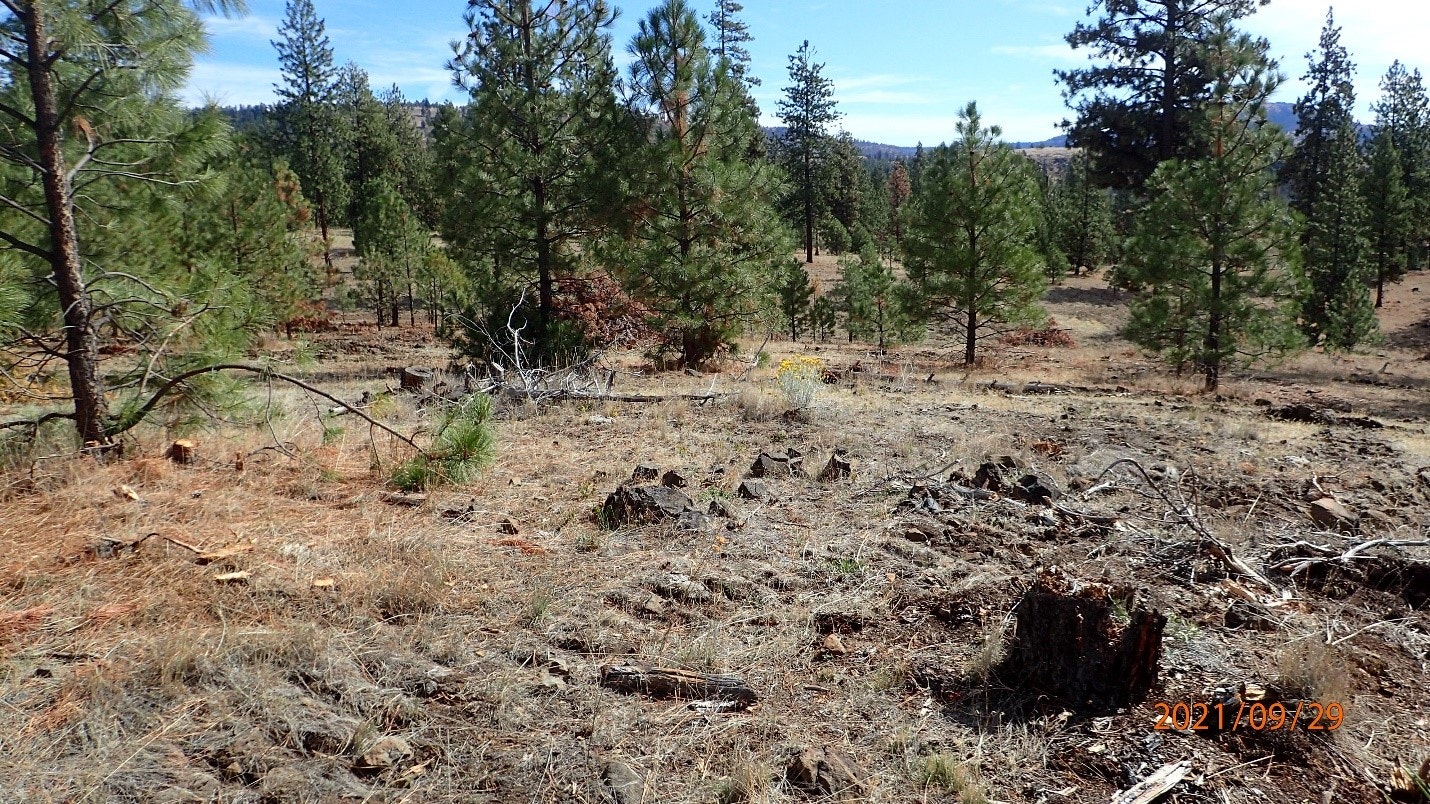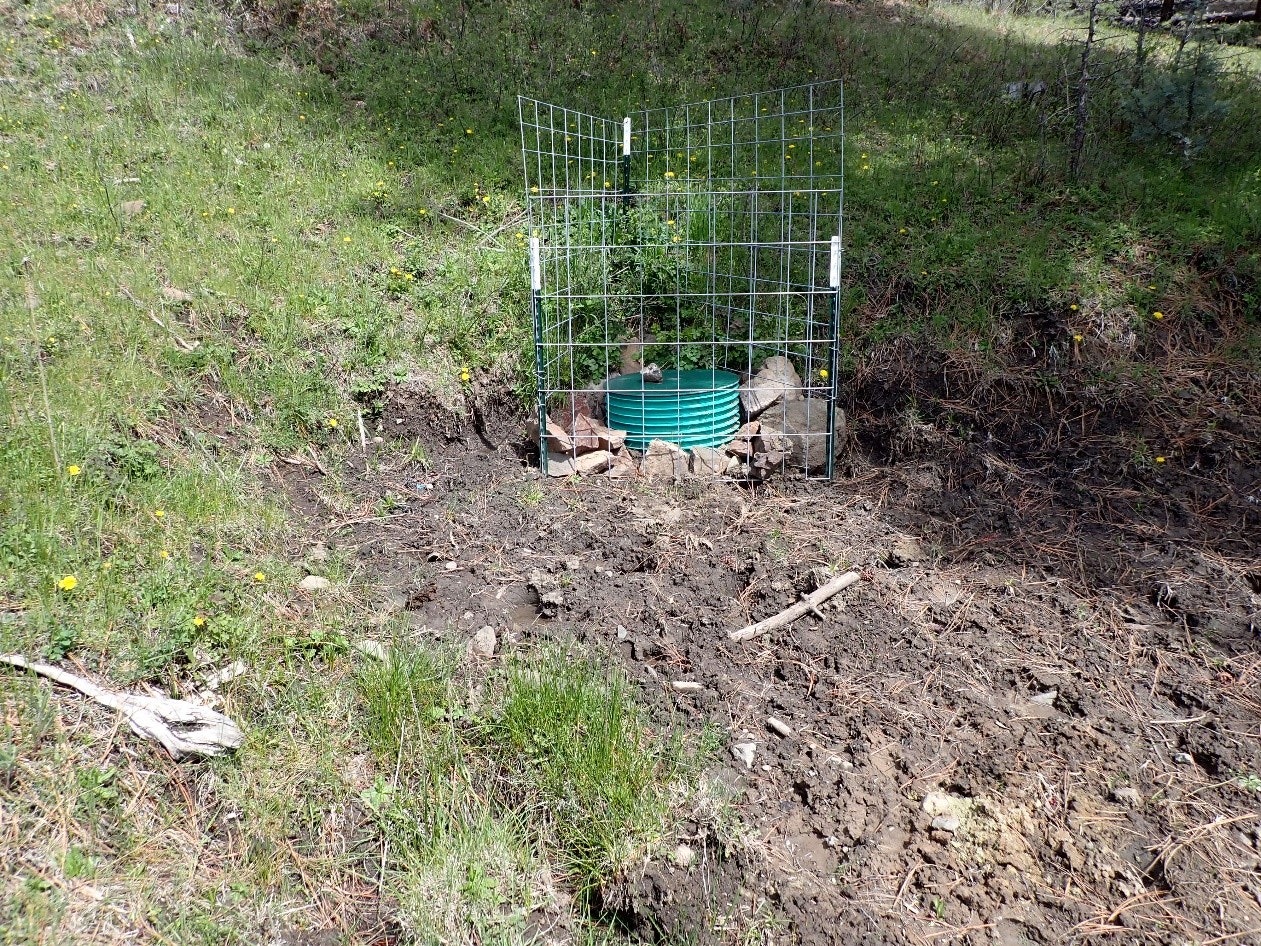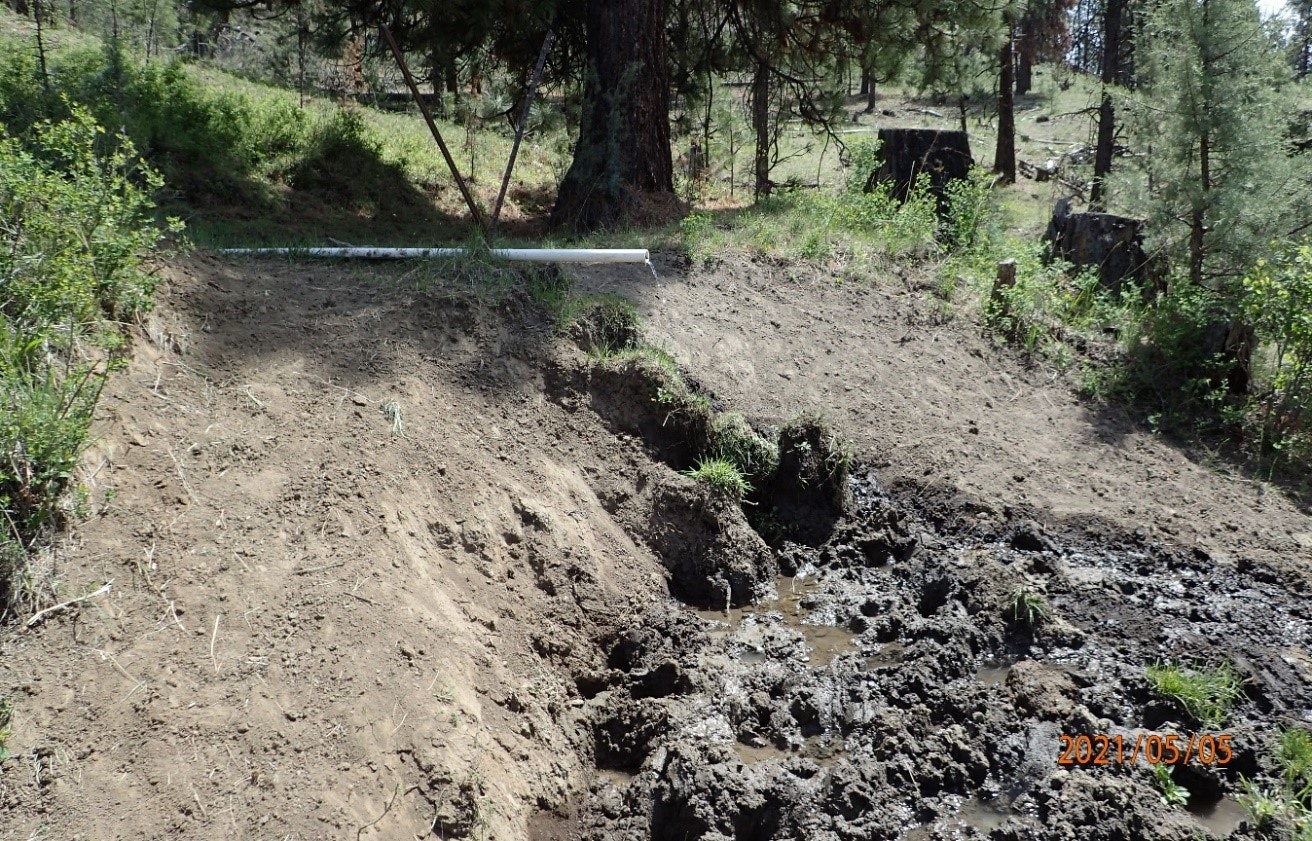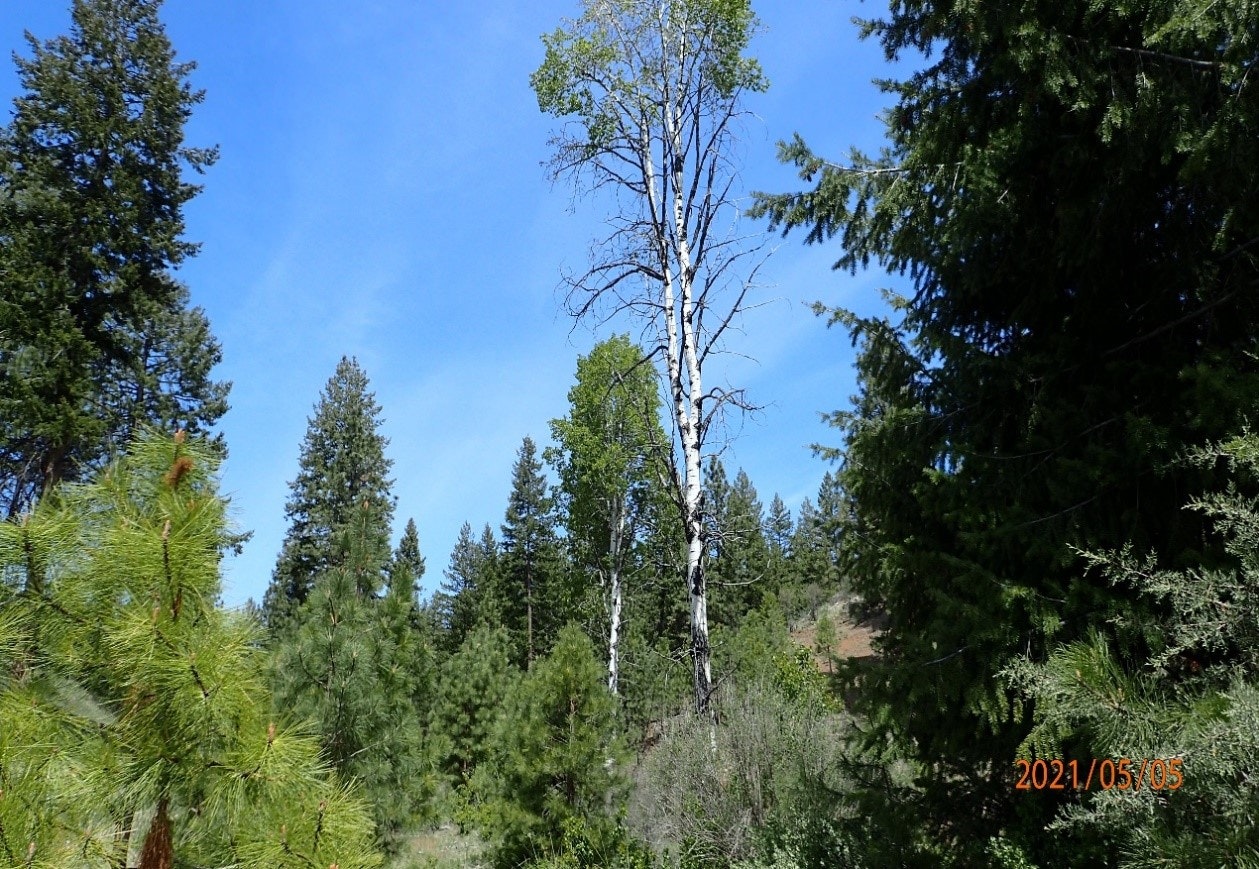221-6010-19038
Project Abstract
Project Location
Boneyard Ridge Habitat Reserve, Seaside, Oregon. In 2016 NCLC acquired 340 acres of young forestland on Tillamook Head with a plan to restore the property to late seral forest habitat through long-term adaptive management.
Project Need
There is a 70-acre management unit on the property that is young, densely planted, even-aged, and ready for thinning. The stand contains a mix of 20-year-old spruce and hemlock, with 630trees per acre.
Proposed Project Work
Local forest ecologist recommend we use hand crews to thing the stand to 280-350 trees per acre, favoring the healthiest trees and creating variable spacing. This prescription will allow dominant trees to grow larger quickly, increase spatial diversity, and improve forest health. Some of the resulting slash will be used to construct habitat piles that will create an immediate benefit to amphibians and songbirds.Cut trees will be installed into stretches of stream that fall within the unit to benefit fish habitat. Following the thinning treatment, western red cedar and bigleaf maple will be planted into some of the created gaps to restore species diversity that would have historically been at this site.
Project Partners
NCLC is working with other neighboring forest managers on Tillamook Head to share resources including Oregon State Parks and Recreation District (Ecola State Park and Elmer Feldenheimer State Natural Area) and Tareen Filgas Foundation (Ecola Ridge). NCLC will also work with the Necanicum Watershed Council to do community outreach through volunteer events and public tours. Numerous foresters and wildlife biologistshave been consulted for project design and provide ongoing support to NCLC, including Northwest Natural Resource Group, Springboard Forestry, Lewis and Clark Natural Historical Park, OSU Extension Services, Celata Research Associates, Willapa National Wildlife Refuge, Oregon State Parks, and Intergrated Resource Management.
Project Completion Report
Final_Report_19038.pdfMonitoring Report
PISR_221-6010-19038.pdf